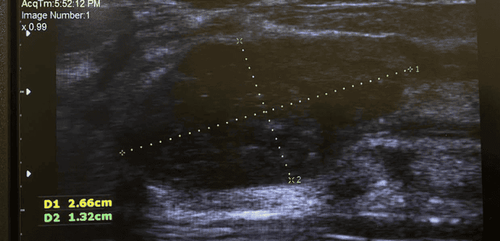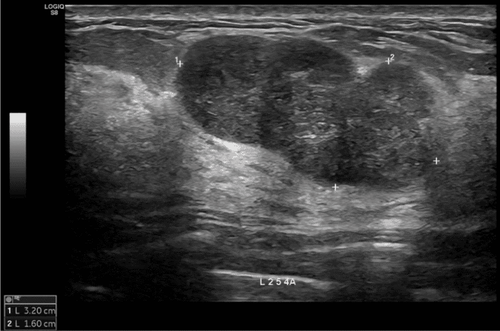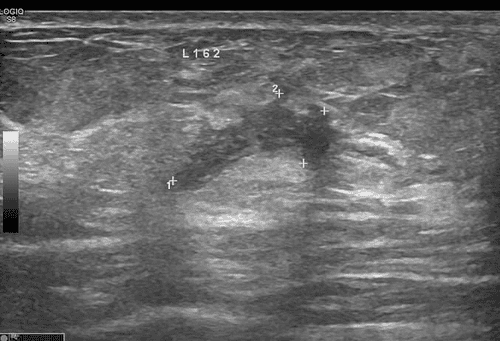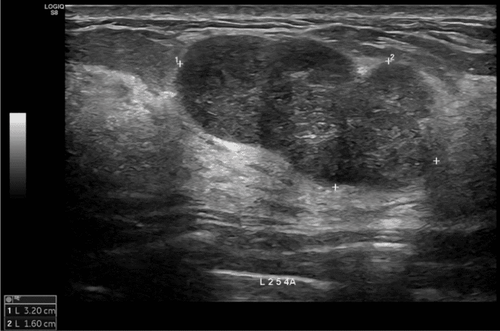Recently, Vinmec Times City International General Hospital (Hanoi) successfully completed flexible operation for a patient with a highly severe and uncommon pseudotumor, resulting in dangerous complications from the grinding of the old-generation artificial joint.
Depressed following a misdiagnosis of bone cancer
Mr. T. (Thanh Hoa) came to Vinmec Hospital for an assessment after being forced to use a wheelchair due to groin pain and indicators of kidney failure caused by metal ions poisoning. According to his family, other hospitals assumed he had cancer, forcing everyone to suffer.
Mr. T. was one of Vietnam's first patients to have both groins replaced in 2006. This procedure is useful for restoring functions that have been lost due to aging or trauma.
However, the older generation of artificial implants has poor material design, resulting in abrasion between the metal and the appropriate plastic surface. This process generates metal and plastic particles, increasing the patient's risk of inflammation, poisoning, and other serious problems. This is why Mr. T. suffered from serious metal poisoning. This uncommon consequence causes not only osteomyelitis but also the growth of a massive pseudotumour in the pelvis.
After being examined at Vinmec, Mr. T. was allocated to specialized examinations to establish whether the pelvic tumor was a malignant bone tumor or a pseudotumor. In Vietnam, pseudotumors account for less than 1% of hip replacement cases, making the diagnosis process complicated and easily confused with cancer.
After an evaluation, the doctors decided that 80% of the patients here can assume you and recommended the approach. The team of specialists, led by Prof. Dr. Tran Trung Dung and Dr. Pham Trung Hieu, used 3D technology to create a cutting-edge plan for addressing both instances. If the tumour is malignant, the tumour frame must be removed. In the other cases, if the tumor is a pseudotumor, it is required to clean and cure the inflammation, as well as regenerate the bone using artificial materials, in order to preserve the pelvic bone as much as possible while replacing the hip joint.

Simultaneously, the surgical team must carefully select and prepare the new hip joint material to reduce the danger of metal poisoning for the patient.
Metal poisoning complications resulting from artificial joint wear account for less than 5% of joint replacements worldwide and are most prevalent in elder generation joints that were manufactured more than 20 years ago. "If the pseudotumor is not detected promptly, patients may experience life-threatening complications, such as kidney failure, prior to receiving treatment," stated Professor Dung.
Miraculous recovery following surgery to treat an unprecedented severe complication.
The procedure was also particularly challenging since, while opening the hip socket, the team of surgeons discovered about half a liter of black, oily synovial fluid gathered around the old artificial joint, which was loaded with metal and plastic particles. This is a sign of long-term metal poisoning, which harms internal organs, particularly the kidneys and heart.
After thoroughly removing the pseudotumor containing black synovial fluid, the surgeons used 3D technology to create a unique pelvic model that accurately corrected bone loss problems. Ceramics, a highly inert material, are used in hip replacements to reduce the release of metal filings and the risk of metal poisoning in the future.
Advanced technology has lowered surgery time and minimal infiltration to an all-time low. The level of precision is also nearly absolute, which considerably decreases postoperative difficulties for patients.
The miracle has been established. Mr. T. was able to sit up and walk again on the first day following surgery, which was a significant improvement after spending so much time in a wheelchair. The kidney failure caused by metal toxicity has also been treated, and kidney function is gradually returning. Notably, after just one week, Mr. T. was able to walk without assistance.

Mr. T. amazingly recovered from difficult and severe complications that had never occurred in Vietnam previously, thanks to an accurate and fast diagnosis and excellent treatment by a team of highly specialized Vinmec specialists, along with modern 3D technology.
"I am really grateful to the Vinmec doctors for restoring my ability to walk. I was able to take my wife out. After retirement, I promised to go across Vietnam with her; now I can keep my promise and give my wife her first flight. "I love her so much!" Mr. T. was pleased to share.
To arrange an appointment, please call HOTLINE or make your reservation directly HERE. You may also download the MyVinmec app to schedule appointments faster and manage your reservations more conveniently.









